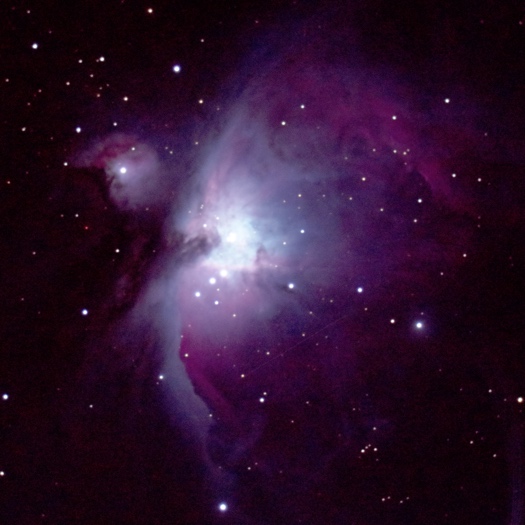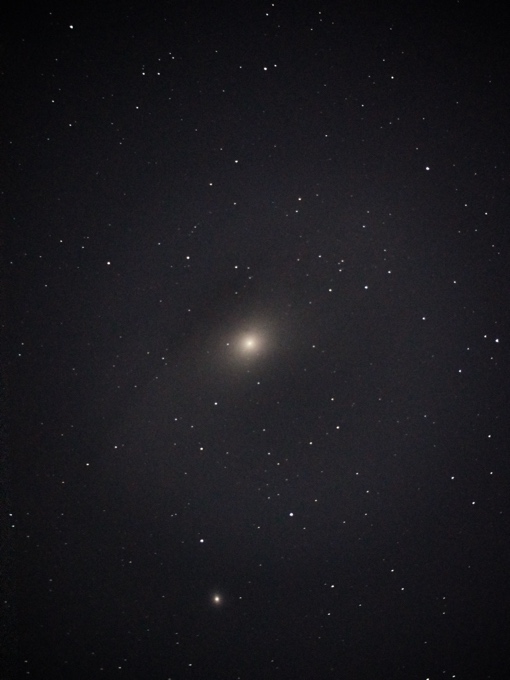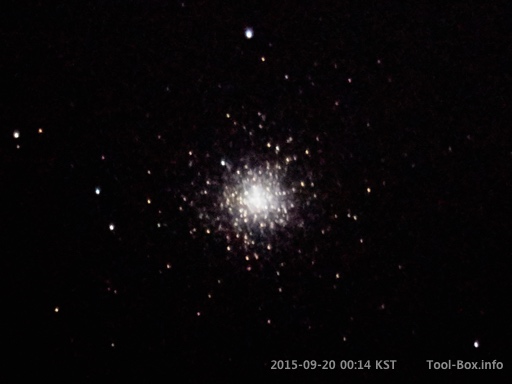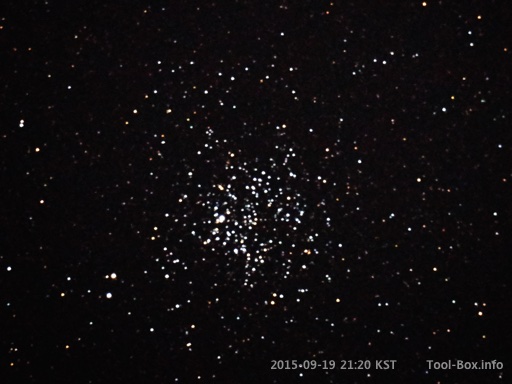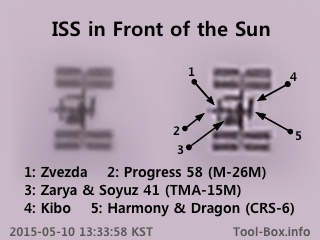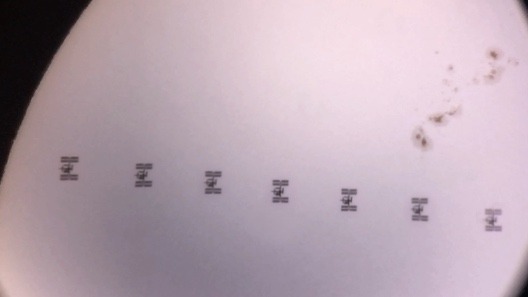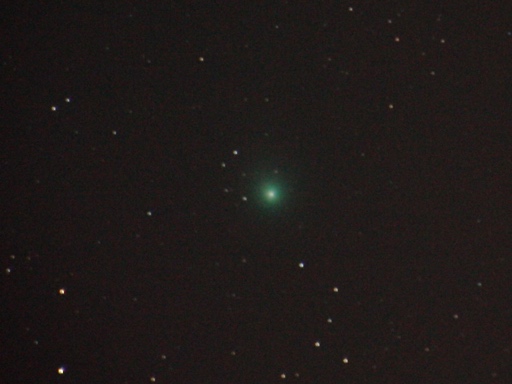Orion Nebula revisited
Posted by Wesley on
Earlier this year, I took photographs of the Orion Nebula, a.k.a. Messier 42, with the Canon SX50 HS camera or with Tamron 18-270mm lens attached to the Canon 450D. This was before I got my Celestron telescope, so I had high hopes of getting even better photos once the telescope was in my hands. Alas, the Orion constellation was already hiding below the horizon before midnight at this point, so I was focused in planetary targets most of the time.
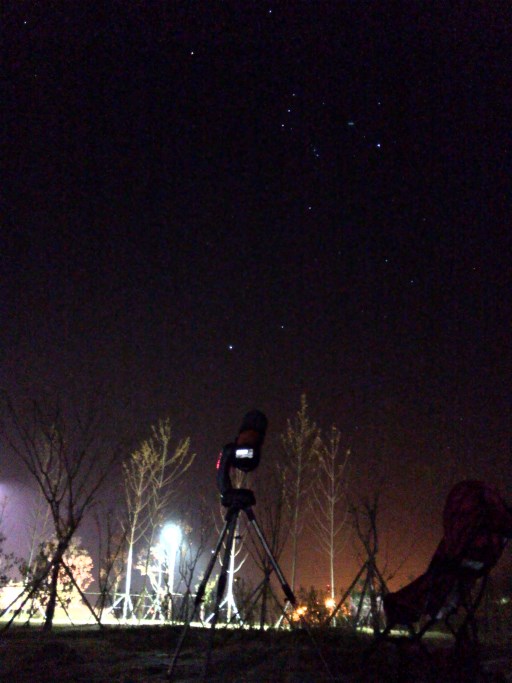
As winter times creeped up again, the constellation was again viewable in the late night to early morning. That is, if the clouds, rain, or fog weren't obscuring it. This happened in the early hours of November 12, so I brought my telescope outside for a couple of hours of astrophotography. While I snapped several targets, the Orion Nebula looked the most promising.
As the conditions were good, I took the photos mostly without any filters. Then I took a few with the Baader Moon & Skyglow filter on to see what difference it might make. Once I started post-processing, I could see that the one with the filter might have a slight advantage in bringing out the faint details, but nothing dramatic. With the individual frames ready, I used the Deep Sky Stacker for the first time for automatic selection and stacking.
After about an hour of processing, the software selected five frames from non-filtered ones and one from the filtered ones to deliver this beautiful result. If you click on the photo for a wider, larger view, you can spot a part of the reflection nebula NGC1977 at the top left as well. In the future I may try to get this properly into the frame.
Telescope: Celestron NexStar 6SE + f/6.3 focal reducer
Device: Sony A5000 (prime focus)
Settings: (945mm) - ISO 1250 - 30s - (f/6.3)
Filters: None (5 photos) + Baader M&S (1 photo)
Time: 2015-11-12 00:51-01:14 KST
Location: Naju, Korea
6 photos stacked with Deep Sky Stacker 3.3.4

Celestron 6SE and Sony A5000 pointed to the Orion constellation
As winter times creeped up again, the constellation was again viewable in the late night to early morning. That is, if the clouds, rain, or fog weren't obscuring it. This happened in the early hours of November 12, so I brought my telescope outside for a couple of hours of astrophotography. While I snapped several targets, the Orion Nebula looked the most promising.
As the conditions were good, I took the photos mostly without any filters. Then I took a few with the Baader Moon & Skyglow filter on to see what difference it might make. Once I started post-processing, I could see that the one with the filter might have a slight advantage in bringing out the faint details, but nothing dramatic. With the individual frames ready, I used the Deep Sky Stacker for the first time for automatic selection and stacking.
After about an hour of processing, the software selected five frames from non-filtered ones and one from the filtered ones to deliver this beautiful result. If you click on the photo for a wider, larger view, you can spot a part of the reflection nebula NGC1977 at the top left as well. In the future I may try to get this properly into the frame.
Telescope: Celestron NexStar 6SE + f/6.3 focal reducer
Device: Sony A5000 (prime focus)
Settings: (945mm) - ISO 1250 - 30s - (f/6.3)
Filters: None (5 photos) + Baader M&S (1 photo)
Time: 2015-11-12 00:51-01:14 KST
Location: Naju, Korea
6 photos stacked with Deep Sky Stacker 3.3.4
Defined tags for this entry: astronomy, Celestron NexStar 6SE, constellation, focal reducer, nebula, Orion, Sony A5000, star, telescope
